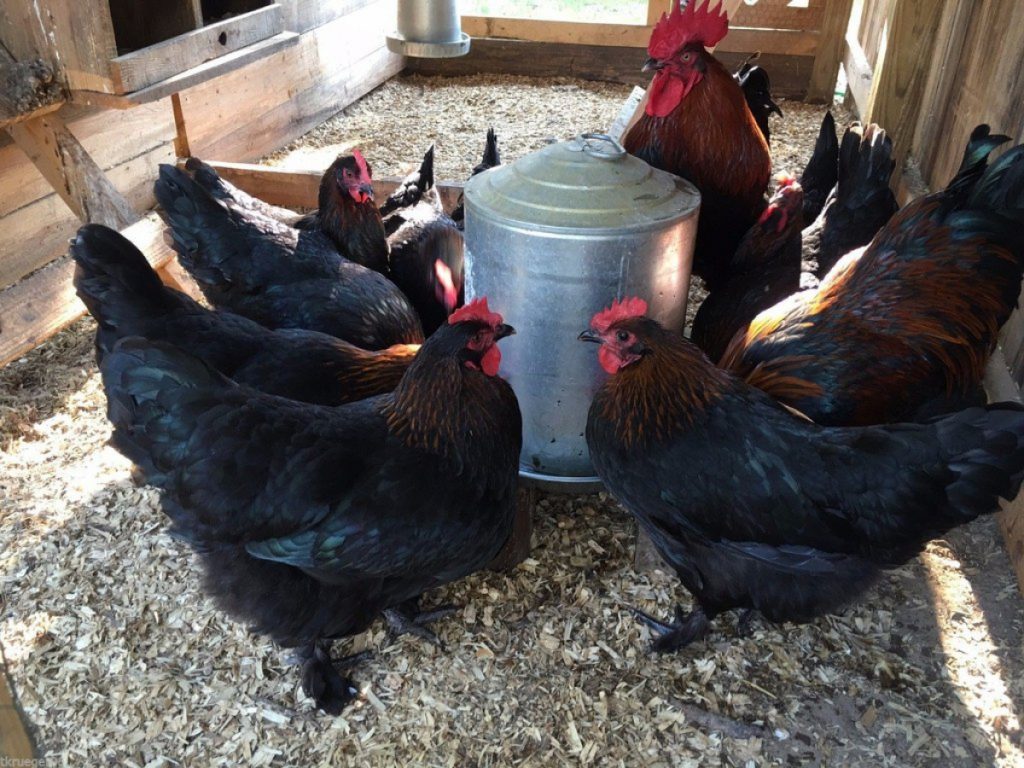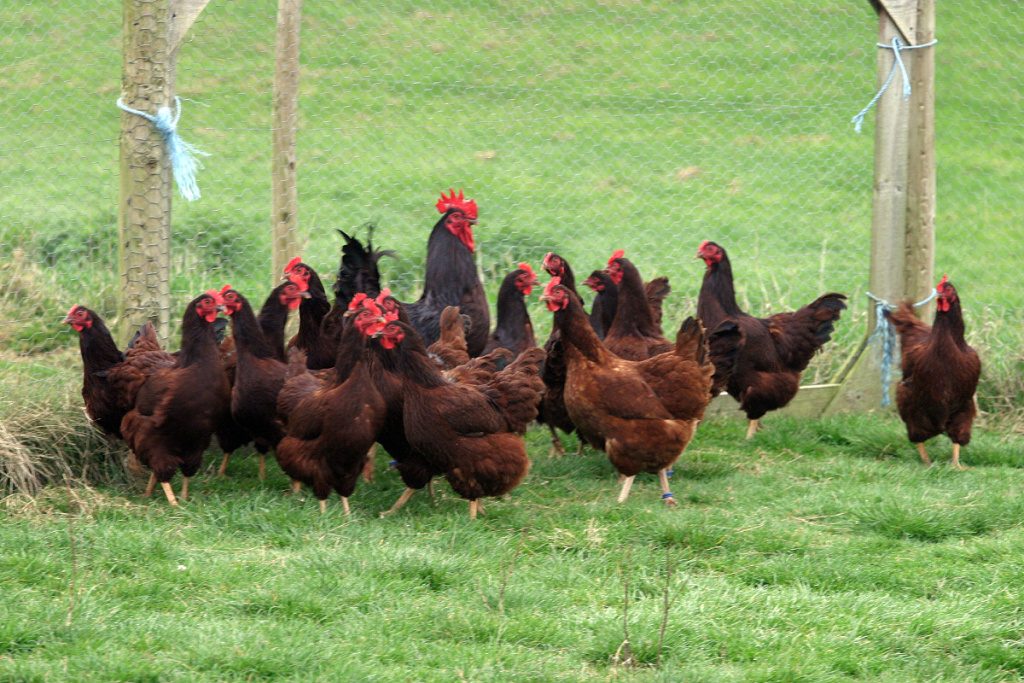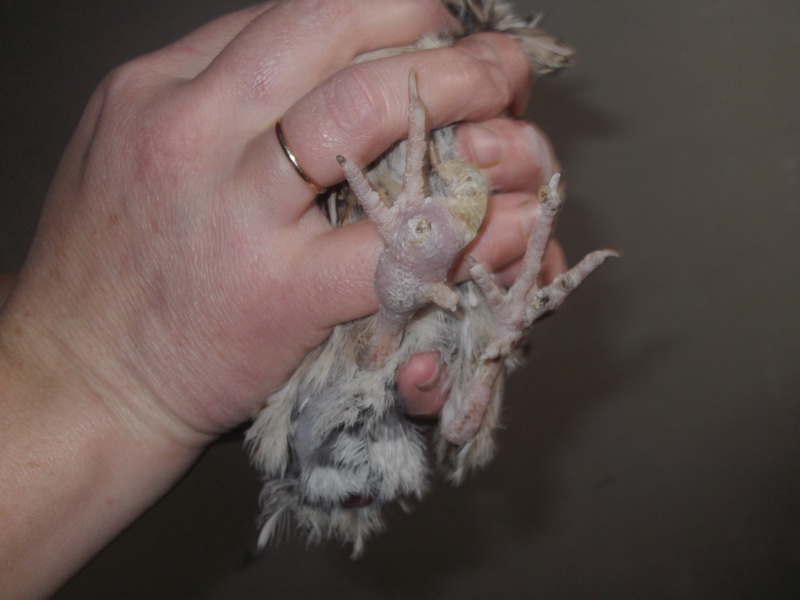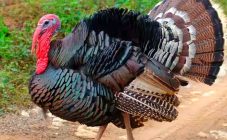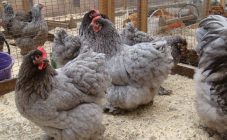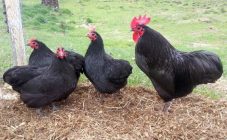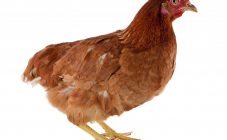Content:
Maranas are a popular chicken breed that farmers raise primarily for meat. The bird has an unusual exterior. Due to the unpretentiousness of the breed, it can be kept not only in a chicken coop, but also on the water. Breeding Maranov (Marens chickens) is a profitable business. However, for maximum benefit, you should strictly follow the rules and recommendations regarding care and feeding habits.
History of the breed
Maranas are crosses. The hybrids were developed in 1895 thanks to the work of French breeders. The breed was named after the city of Marens, in which the breeding work took place. The first award at an exhibition in a French town was received in 1914. After that, the breed quickly gained popularity in Europe, but in the outback of Russia, to this day, you can rarely find this beautiful bird.
Maran subspecies
The difference between the subspecies is in the mass and shade of the plumage. There are types of Moran chicken such as:
- white;
- wheat;
- Colombian;
- blue;
- black-tailed buff;
- birch;
- cuckoo golden;
- silvery cuckoo;
- black and copper;
- the black.
Characteristics and description of the Maran chicken breed
Maranov are often called "royal birds", they not only have good external data, but also demonstrate decent performance indicators. Marans are not susceptible to disease and are remarkably adaptable to any weather conditions. According to the current breed standards, the bird should have two-toed feather boots and rare feather cuffs (abundant plumage in this case is unacceptable). On the outside of the legs, feathering is also present. Also, a sign of belonging to the breed will be the presence of:
- soft plumage of the metatarsus;
- plumage color palettes from red-orange to black;
- short tail;
- stocky rack;
- horizontal compact body;
- abundant plumage in the neck and shoulders (reminiscent of a train) at a young age:
- small head;
- an elongated and springy body;
- folding scallop (high landing);
- white beak;
- the non-aggressive nature of the roosters, according to the characteristics of the breed;
- convex, expressive orange-red eyes.
The bird's chest is wide and the middle neck is straight. In chickens, not only leaf-shaped ridges are remarkably developed (the Maran rooster boasts 5-6 teeth), but also earlobes. The ridge may hang to one side if its size is too large. The lobes help protect the auricles from external damage. In a chicken, the comb size is usually much smaller than that of a rooster.
In the description of the Maran chicken, a well-developed tail is noted, which is located in relation to the surface of the earth at an angle of 45 °. The most popular among farmers are Maran chickens of the black and copper type.
Breeding features of the Maran breed
Maranas are quite hardy and unpretentious, which is an undoubted advantage. In the early days, it is important to control the temperature in the room where they are located. It should be within 30 ° C. Starting from the 7th day of life, chickens should be taken outside for 2-3 hours.After 2 weeks, you can leave the brood for a walk all day. Already from 30 days of age, the bird is ready to live in a barn.
Nutrition
In the first week, the farmer gradually introduces into the chicken diet:
- boiled yolk;
- curd;
- corn grits;
- millet (crushed).
After 8 days from the moment when the Maran chickens hatched, you can offer them:
- ash;
- grated shell;
- finely crushed shells.
10 days after the birth of Maranov, the daily menu is supplemented:
- alfalfa;
- grated carrots;
- finely chopped clover.
Before offering a new product to young animals, it is necessary to heat it with boiling water.
The diet of the adult Maran population should contain finely chopped greens, cereals, meat and bone meal, boiled fish (periodically), beetroot and onion husk decoction.
Breeding Maranov you can profit from:
- selling eggs;
- breeding chicks;
- delicious meat;
- sales of chicken offal;
- selling poultry manure as fertilizer.
Physiological standards and conditions for keeping livestock
Maran is a breed of chickens that is very convenient to breed. Representatives of the breed do not require special conditions of detention. They need to provide:
- Spacious walking area.
- The temperature in the aviary is above +15 ºС.
- Systematic ventilation to avoid excessive humidity in the room. The admissible rate of humidity is 75-80%.
- Walked for 14 hours in the summer and about 10-11 hours in the cold season.
Diseases and treatment of the Maran breed
Any type of Maran is susceptible to such ailments as:
- Dropsy of the abdominal cavity. The main causes of dropsy of the abdominal cavity are a violation of water-salt metabolism, disorders in the functioning of the kidneys and heart. In chickens of the Maran breed, peritoneal tension, abdominal enlargement, gait severity and apathy are noted. To treat the disease, you will need to eliminate the causes of the disease, pierce the abdomen with a syringe and pump out the liquid. In addition, you will need diuretics such as horsetail and bearberry.
- Ascariasis, heterokidosis. To treat poultry from worms, you will need Piperazine, Genothiazine, Hygromycin. Medicines should be mixed with food, observing the recommended dosage, which is indicated in the instructions. It is very important to systematically clean the chicken coop, thoroughly wash the feeders and pour boiling water over the drinkers. During therapy, it is necessary to disinfect the room in which the maranas live, using drugs like a xylonaphtha solution, fluorochlorophenol, and ash alkali solution. After treatment, you need to take care of the daily cleaning of the droppings from the hen house.
- Pooferoids - defeat of representatives of the Maran breed by wingless insects feeding on the detached particles of the skin and growing feathers. Very often, insects concentrate in the area of the cloaca and under the wings. For therapy, it will be necessary to install a box with mixed fine sand and ash in the chicken keeping room. All affected feathers found are sheared and immediately subject to burning.
- Scabies is a contagious disease that, in a short period of time, if you do not start timely treatment, kills the entire flock. To cure the birds, you will need to hold the paws of each of them for 30-35 minutes in a warm soapy solution. After that, the dried limbs are treated with a creolin solution. Chicken Maran after these procedures will feel much better and will stop itching.
Advantages and disadvantages of the Maran breed
The main advantages of the breed include:
- Amazing taste of Maran eggs and meat.
- The ability to breed poultry even in bad weather conditions.
- Strong immunity and a high degree of resistance to a variety of ailments.
- Unusual brown-chocolate shade of eggshells.
- The large size of the eggs and the dense carcass of the Maran breed chicken.
- The absence of helminths in the egg due to the thick shell.
The disadvantages of the breed include:
- Difficulties in hatching chicks from eggs, which arise due to the high strength of the shell. This is perhaps the only negative side of breeding the breed.
Farmers who have encountered the breeding of Maranov speak positively about the bird and note its unpretentiousness and beautiful appearance that pleases the eye. Due to the unusual color of the eggshell, there is no problem with their implementation, and the poultry meat has a delicate taste that you want to try again and again. The most important thing when breeding chickens is not to forget how important it is to carry out systematic cleaning of the premises in order to avoid the occurrence of various ailments among the flock. The rest of the care does not cause trouble for the owner of the poultry house; even a beginner in the field of poultry farming can cope with Maranas.
